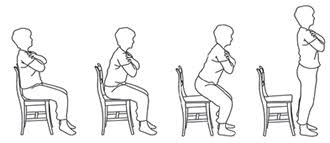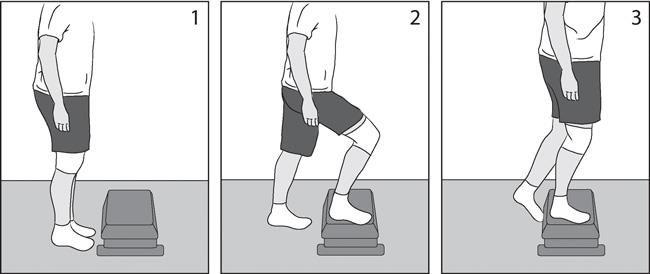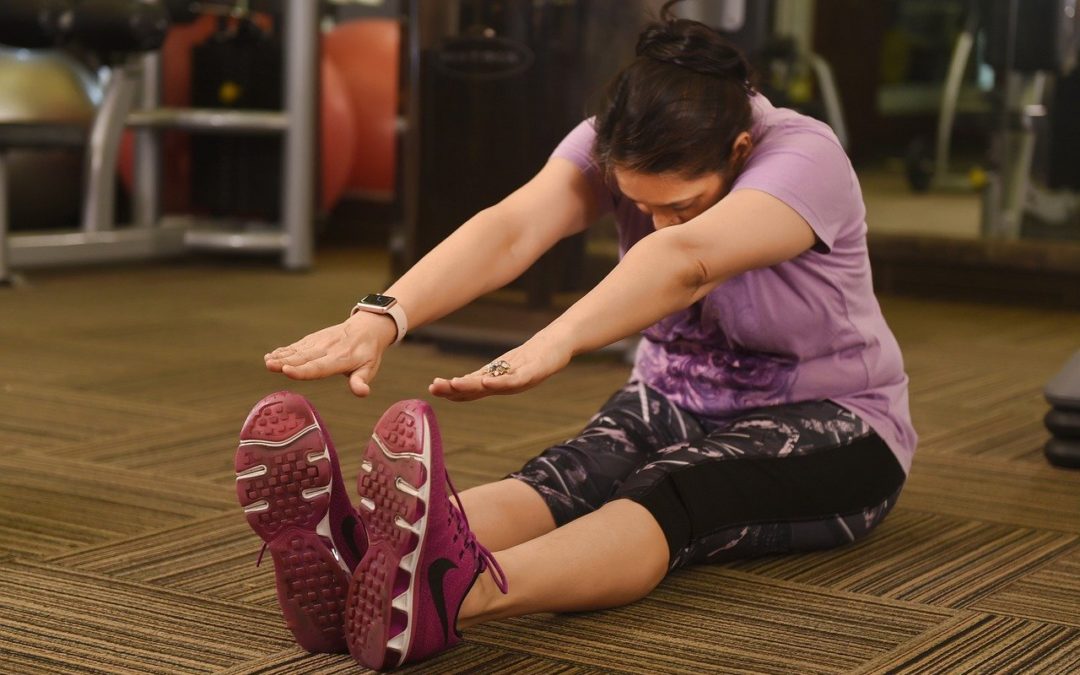The Secret To Independence is Functional Strength
One concern aging adults consider is being able to live within their own homes and without assistance. For us to live within our homes safely and without help, we need to be able to perform activities for daily living such as bathing, dressing, cooking, and cleaning. Unfortunately, as we age, our strength, endurance, and mobility begin to deteriorate due to the natural aging process, and we begin to move less. As a result, we may see difficulties performing tasks that were once simple. Although our strength decreases as we age, it doesn’t mean we can’t do something about it to improve. A simple way to minimize the effects of aging is by exercising regularly. However, we want to make sure we are exercising in a way that will make improvements in our day to day lives. Traditional strength training does increase muscular strength when programmed and progressed correctly, but sometimes it doesn’t translate to improving activities for daily living. With conventional strength training, the exercises tend to isolate specific muscle groups and move within one plane of motion. This type of strength training is essential when improving strength; however, it does have its limitations as we move in multiple planes of motion, and we also have to consider our balance.
What is Functional Strength in an Ageing Population?
One concern aging adults consider is being able to live within their own homes and without assistance. For us to live within our homes safely and without help, we need to be able to perform activities for daily living such as bathing, dressing, cooking, and cleaning. Unfortunately, as we age, our strength, endurance, and mobility begin to deteriorate due to the natural aging process, and we begin to move less. As a result, we may see difficulties performing tasks that were once simple. Although our strength decreases as we age, it doesn’t mean we can’t do something about it to improve. A simple way to minimize the effects of aging is by exercising regularly. However, we want to make sure we are exercising in a way that will make improvements in our day to day lives. Traditional strength training does increase muscular strength when programmed and progressed correctly, but sometimes it doesn’t translate to improving activities for daily living. With conventional strength training, the exercises tend to isolate specific muscle groups and move within one plane of motion. This type of strength training is essential when improving strength; however, it does have its limitations as we move in multiple planes of motion, and we also have to consider our balance.
Here are some exercises you may find helpful to improve specific aspects of your everyday life.
1. Sit to Stand Squat
The first exercise is one that was already mentioned earlier in this article. The sit to stand squat from a chair is an excellent exercise to improve lower extremity strength as well as getting in/out of chairs with less difficulty. Perform the exercise for up to 10 repetitions for 3 sets. If you’re unable to stand up without using your hands, use both hands initially, and as your strength improves, attempt one hand then no hands.

2. Wall Push-Up
The next exercise, called a wall push-up, will help improve upper body strength. Stand close to a wall and have your feet about shoulder-width apart. Place both hands against the wall also shoulder-width apart. Allow your elbows to bend while keeping your elbows in line with your hands. Once your head is close to the wall, push yourself back to the original starting position. Perform the exercise for up to 10 repetitions for 3 sets.

3. Step-Up
The last exercise is another one to improve your leg strength, and it is called a step up. You can perform this exercise using a stair and be at the bottom of a staircase for safety reasons. While facing the step, step up with your right leg first then bring your left leg onto the same step. Next step down backward with your left leg first, then step down with your right leg. The reason for this specific sequence is to load one leg, both going up and down, which makes it work harder. If you have balance concerns, please use a railing with either one or both hands to improve safety and decrease the risk of falls. Perform 5-10 repetitions with one leg before switching to the other. This exercise may fatigue more than the others, so begin with one set and work your way up to three if possible. Step-ups are an excellent exercise to improve strength, endurance, and ability to go up and down the stairs.

If you have any questions about any of the exercises and how to implement them into your lifestyle, feel free to contact Freedom and ask for a Physical Therapist or Personal Trainer to help you create a home program or train in the clinic to keep you functionally fit and independent!

